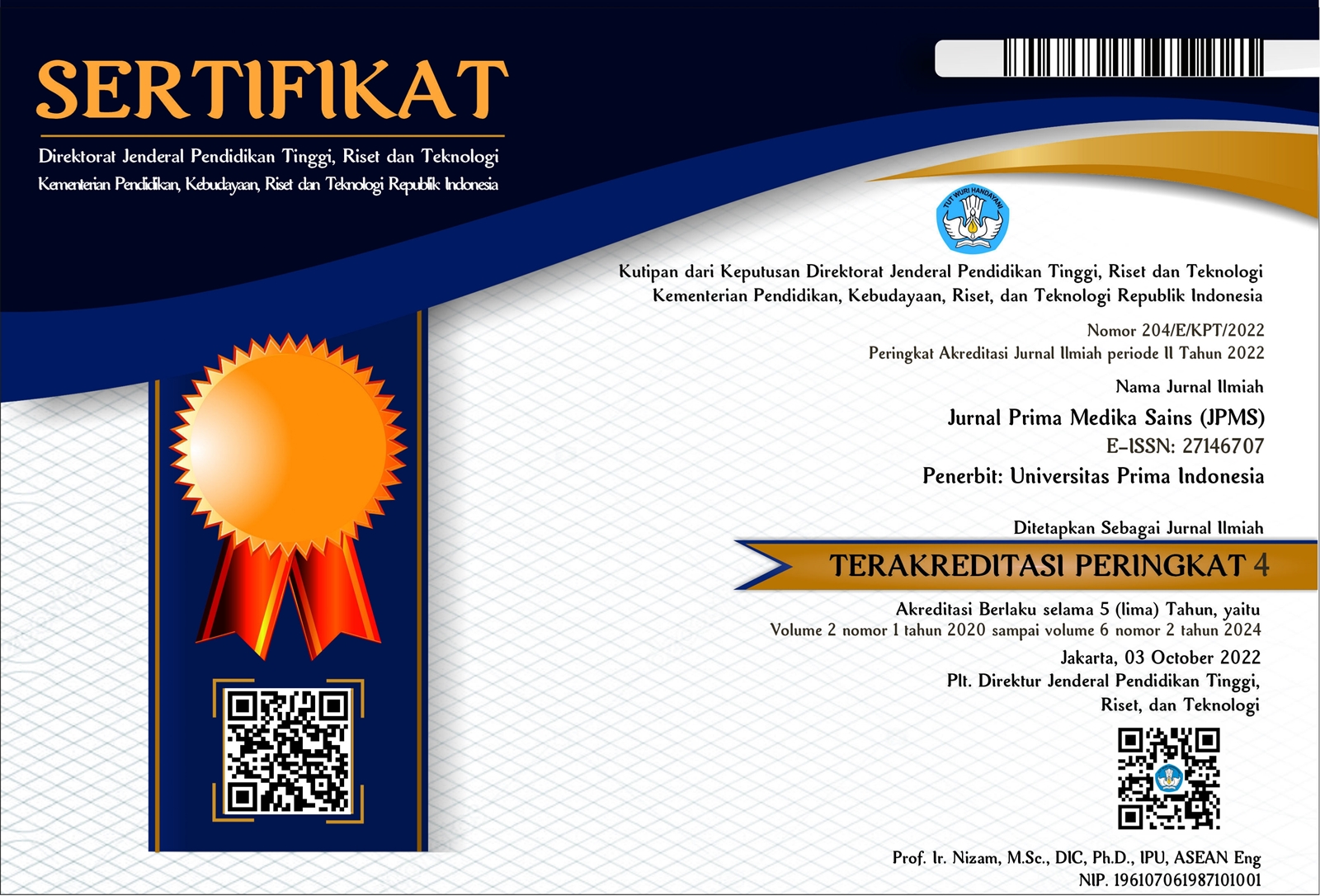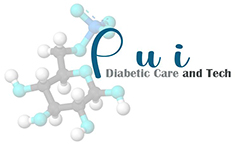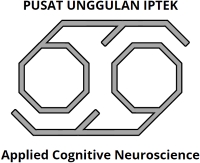The association of age, gender, and physical inactivity with obesity
DOI:
https://doi.org/10.34012/jpms.v5i2.4474Keywords:
obesity, sex, age, physical activityAbstract
Obesity is a growing global health concern, including in Indonesia. This study aimed to determine the relationship between obesity and age, sex, and physical inactivity. This study used secondary data from Puskesmas Johar Baru in Central Jakarta in 2021. The total initial data were 102,647 patients, the data eligible for sampling was 72,680 patients, and 22, 297 (24 %) patients were obese. Data processing was performed using SPSS 25 software, bivariate analysis (chi-square test), and multivariate analysis (multiple logistic regression with the enter method), at a significance level of 0.05. The Chi-Square test showed that age, sex, and lack of physical activity had a significant relationship with ob with (p ≤ 0.05). In multivariate analysis, the gender variable had the highest OR value of 12.925, where the majority of respondents who suffered from obesity were female, so they had a greater risk of suffering from obesity. These findings underscore the importance of sex variables in the context of obesity in Puskesmas Johar Baru and highlight the differences in obesity prevalence by age and sex. Middle-aged adults, especially women, are more prone to obesity, which is supported by a lack of physical activity.
Downloads
Published
How to Cite
Issue
Section
License
Copyright (c) 2023 Johannes Bastira Ginting, Tri Suci

This work is licensed under a Creative Commons Attribution 4.0 International License.






